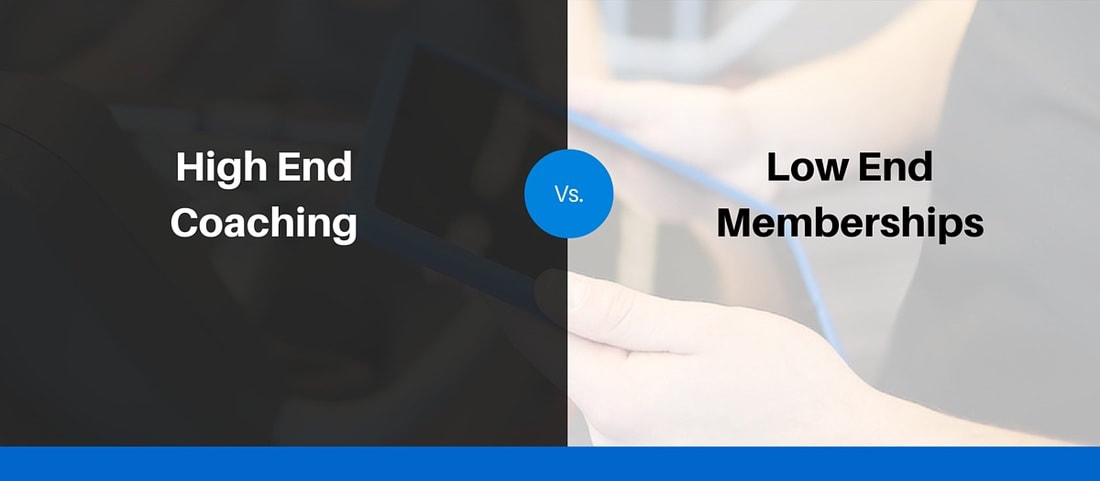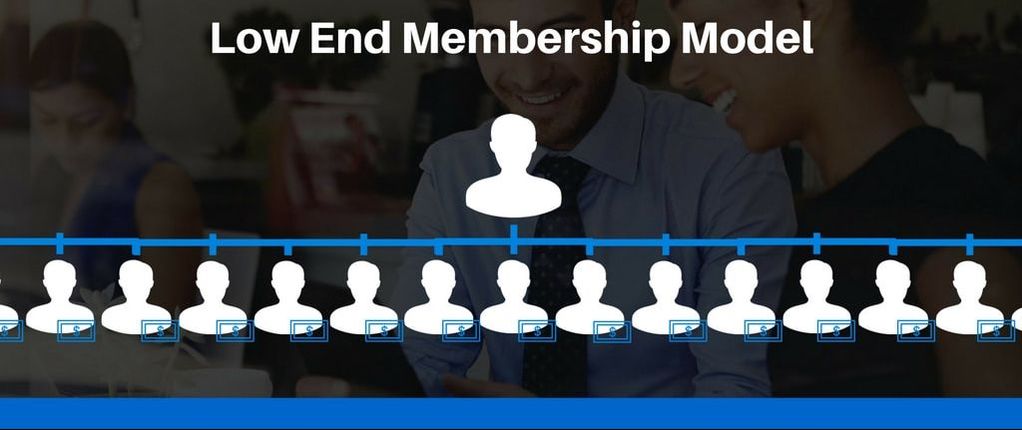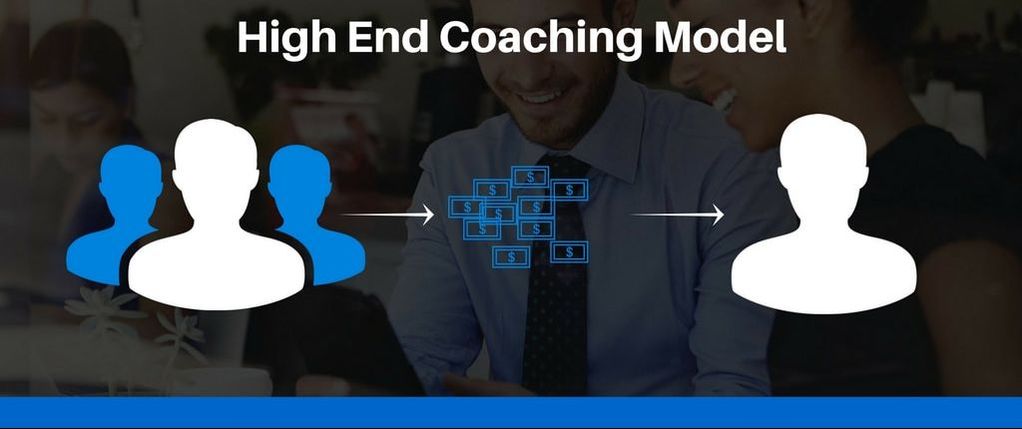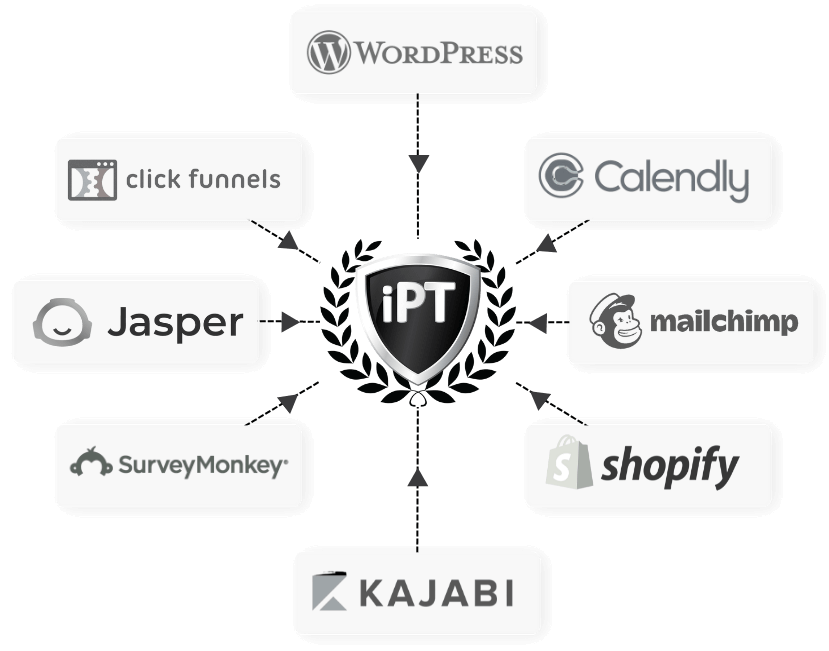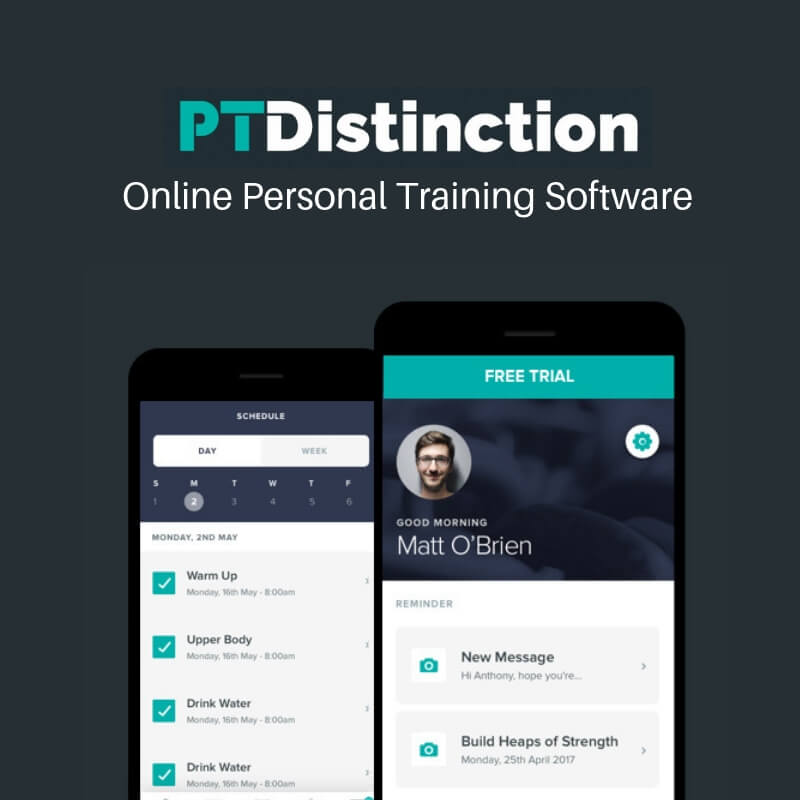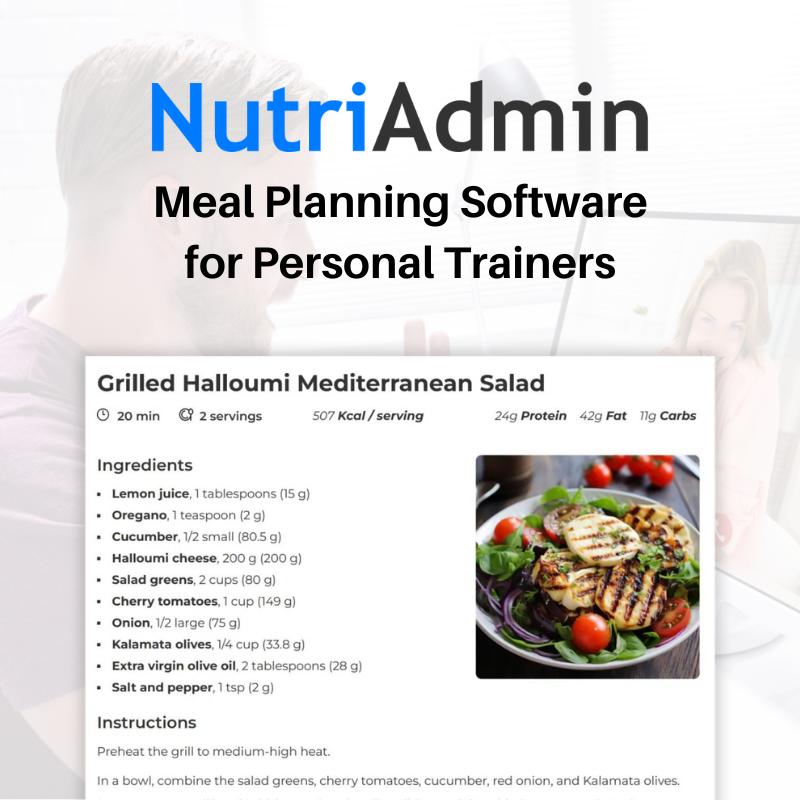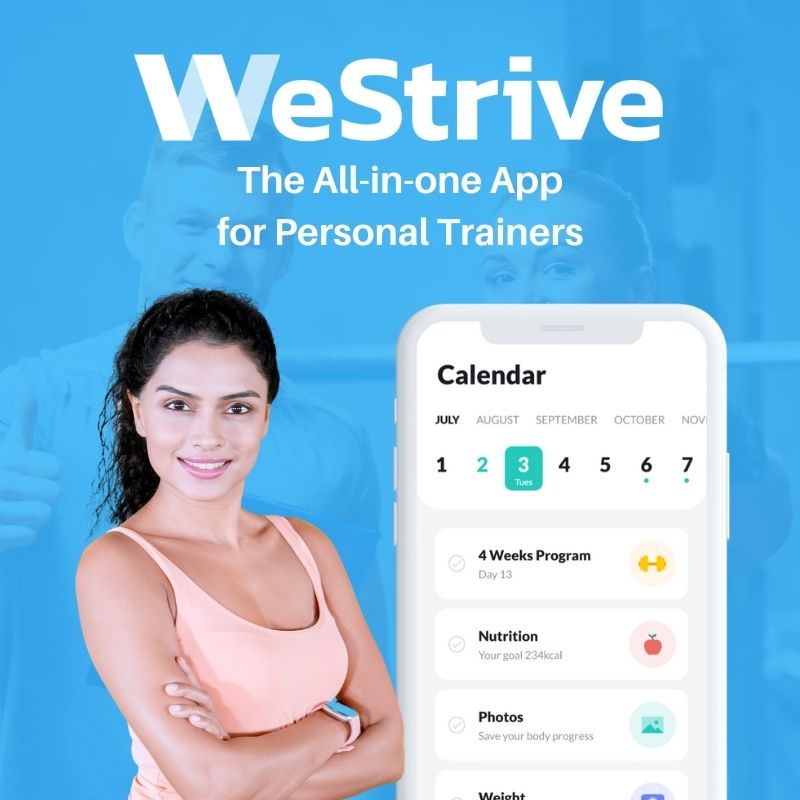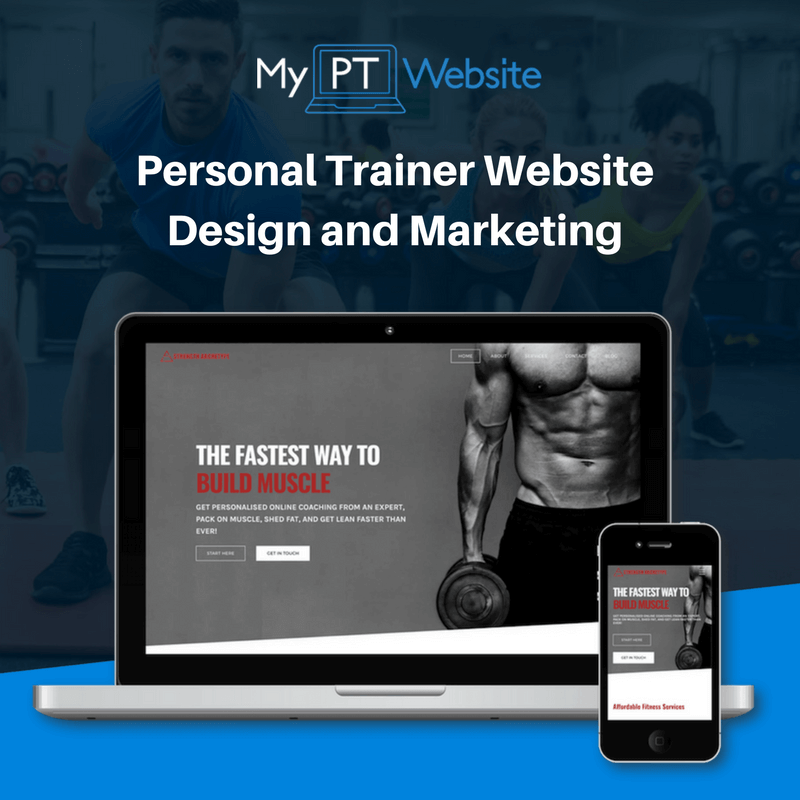Learn More About Building an Online Model
What You'll Learn
In this guide you'll learn how to create an online training business model and the one business model you should avoid like the plague.
Why is This Important?
Your online training business model will pave the way for your packages, softwares and marketing strategies. Understanding online training business models from the get go will massively speed up your progress and provide you with goals and direction.
In this guide you'll learn how to create an online training business model and the one business model you should avoid like the plague.
Why is This Important?
Your online training business model will pave the way for your packages, softwares and marketing strategies. Understanding online training business models from the get go will massively speed up your progress and provide you with goals and direction.
Understanding Business Models
Your business model is the plan or system you will implement to help your clients, generate revenue and become an online personal trainer. But before we get into what type of business model to pursue, we need to talk about a business model that’s not worth pursuing.
A Business Model Not Worth Pursuing
Something I see time and time again is personal trainers offering exercise and nutrition programs online for individual clients. And it's a big mistake.
The reason this business model isn’t worth pursuing is because it’s not an online training business model. It’s your face-to-face business model. Why offer individualised bespoke programs for less money than you would in person?
Listen, I know what you’re thinking. It takes less time to do it online because you don’t have to be there for an hour 2-3 times per week.
True, but you’re forgetting about the 2-3 articles you had to write, the Facebook ad you had to set up, the email back and forth you had to deal with and the marketing you did on Twitter to get that one client in the first place. It all takes time and time is an asset you’ll have less off should you choose to use a face-to-face business model for online clients.
A Business Model Not Worth Pursuing
Something I see time and time again is personal trainers offering exercise and nutrition programs online for individual clients. And it's a big mistake.
The reason this business model isn’t worth pursuing is because it’s not an online training business model. It’s your face-to-face business model. Why offer individualised bespoke programs for less money than you would in person?
Listen, I know what you’re thinking. It takes less time to do it online because you don’t have to be there for an hour 2-3 times per week.
True, but you’re forgetting about the 2-3 articles you had to write, the Facebook ad you had to set up, the email back and forth you had to deal with and the marketing you did on Twitter to get that one client in the first place. It all takes time and time is an asset you’ll have less off should you choose to use a face-to-face business model for online clients.
Okay, so what business models are worth pursuing? There are essentially 2 core business models you can use online. With variations inside each of them.
The divide is in price point and what you are delivering.
- Low-end membership model
- High-end coaching model
Low End Memberships
The low end membership model is the most popular online training model among some of the best online personal trainer, adopted by most personal trainers. It comes with the notion that you can get a lot of people on a small monthly fee in the hopes of obtaining financial freedom.
While low end membership is scalable, it requires a lot of work to set up properly. In other words, it’s unlikely that you’ll launch the most amazing low end membership package and overload your servers with website visits in day one.
Here's the thing.
For a low end membership model to work, you need to be able to get a lot of people to buy from you without having spoken to them first. They’d need to know, like and trust you so much that when they do decide to buy, they wouldn’t be put off by even the most impersonal sign up process. They also need to understand that much of the work is on them and that you’re only providing the system.
While low end membership is scalable, it requires a lot of work to set up properly. In other words, it’s unlikely that you’ll launch the most amazing low end membership package and overload your servers with website visits in day one.
Here's the thing.
For a low end membership model to work, you need to be able to get a lot of people to buy from you without having spoken to them first. They’d need to know, like and trust you so much that when they do decide to buy, they wouldn’t be put off by even the most impersonal sign up process. They also need to understand that much of the work is on them and that you’re only providing the system.
This means you need to create a LOT of valuable and free content to build that trust.
This also means business growth is exceptionally slow unless you already have a huge following. And to get a huge following, you need to be a really good marketer.
Should you get your low end membership model to work, you would benefit from reliable recurring revenue and flexibility in your work hours. And should you get really good, you can hire a virtual assistant to do most of the work for you!
The low-end membership model is more of a mass-market offering, that depends on numbers.
It's scaleable and after some initial work setting it up, doesn't require a lot of ongoing work. Indeed, whether you have 1 client or 1,000 clients, it will be no extra work - this is the beauty of this option.
There is flexibility in what you offer. Some groups are about community and accountability. Some are more about programming and food plans. Whatever you offer, it should be enough for people to get the results they desire, but easy for you to create and manage.
You can't do things on the fly when you have 100 people to look after like you can when you have 10 people to look after. It needs to be a pre-defined system that is going to accommodate everyone as your membership grows. This means zero or very little personal time with the clients.
Pro's and Con's of Low-End Membership Model
The major pro's of the low-end membership model are:
- It is systematic and scalable
- Easy to outsource a lot of the workload to technology or virtual assistant
- Can be sold through a website, without interaction with the client
- Can take an essentially unlimited amount of clients, from anywhere in the world
- Can work anywhere, any time
- Recurring income
- Business works without you actively doing things day to day, giving you freedom to take time off, or focus on other projects as you wish
The major con's of the low-end membership mode are:
- A lot of work to get things moving
- Disconnection from the client
- Lots of clients inevitably creates more customer service type work and managing
- Can be slow growth if you don't already have a large following
- Results are really the clients responsibility
- Very competitive market
- Relies on a difference skill-set. You must be a great marketer to succeed
Creating Low End Membership Packages
A membership package is built on recurring income and large numbers of clients. Unlike the high-end models where you typically sell fixed term packages, the membership package should be ongoing. You will not make a lot of money per client in the first transaction - you might even lose money, depending on your marketing costs - each client becomes (potentially highly) profitable over time, due to repeat billing.
The membership can be interactive or non-interactive. An interactive community will have a forum or Facebook group where the members can interact with each other, ask questions, gain support, accountability and is generally the hub of activity.
Alternatively, the membership can be non-interactive, where content is on a members area of your website, or delivered straight to their inbox via email.
The interactive model is more work to manage, but when the group is established, you can put less time in, because the members will be supporting each other.
In either model, you cannot give too much of your time away, because you will simply have more people to manage than you have time to do so. The content needs to be stored on a private site, or delivered via email autoresponders. You can run group based interaction with you, such as webinars, but realistically cannot give your time away individually, unless someone pays separately for a call.
What you deliver is content that is going to allow your members to achieve results on their own. Information and the support structure for implementation. For example, in this EP we are giving you the information on what to do, the models and guides on how to do it, and the tools and resources you will need to implement it.
With what is contained in the membership, the client should be able to go and implement, achieve results and maintain, without needing any personal help from you.
NOTE: Be careful not to overwhelm people with too much information. This is the biggest mistake people make when going online, they try and teach their clients everything there is to know about fitness in one go. It is overwhelming and paralysing for the client. They do not know what to do or how to start, so they don't.
They don't achieve results and they don't continue their membership. You need to drip people content at a pace that allows them to implement it successfully.
High End Coaching
High end coaching is the model you see people doing on Facebook all the time. Unfortunately, personal trainers are more often the recipients of high end coaching than they are the providers. In fact, within my own social circles, I’m pretty sure I've seen more personal trainers on some kind of high-end retreat in Thailand or Cyprus than I've seen personal trainers offering high-end coaching to their clients.
Not to say that that's a bad thing. Personal and professional development is great. I’d just love to see more personal trainers offering it to their clients.
And why don’t they? I think it’s because the high end coaching model goes beyond personal training. Unlike low end membership, which is a downsell, high end coaching is an upsell. It’s usually significantly more expensive.
It’s more expensive because you’re selling psychological changes as opposed to the physical changes you might offer as a personal trainer. And with such a promise comes a higher price tag.
As a high end coach, you can also work from wherever you want in the world,connect with clients online, go much deeper in to the psychology of training and work with less people than you would with a low end membership.
Not to say that that's a bad thing. Personal and professional development is great. I’d just love to see more personal trainers offering it to their clients.
And why don’t they? I think it’s because the high end coaching model goes beyond personal training. Unlike low end membership, which is a downsell, high end coaching is an upsell. It’s usually significantly more expensive.
It’s more expensive because you’re selling psychological changes as opposed to the physical changes you might offer as a personal trainer. And with such a promise comes a higher price tag.
As a high end coach, you can also work from wherever you want in the world,connect with clients online, go much deeper in to the psychology of training and work with less people than you would with a low end membership.
Sounds great! But to be a successful high end coach, you need to be able to sell over the phone or Skype, a much higher skill set and experience level and the business is often solely reliant on you and the way you interact with people to make positive changes.
The high end model is like an extension of Personal Training. It is not a downsell for people who cannot afford training, it is an up-sell. It is a harder service to deliver, it requires much greater knowledge and qualifications, and is not centered around training or nutrition.
However, the potential results for the clients are greater, the value for the client is much greater and the business potential is much more scaleable. You can charge a lot more money for the service.
This can be delivered 1-1 or in groups, that doesn't make much difference to the core business model. Again, both options have their pros and cons.
High-End 1-1 Coaching: What Is It?
This model is going beyond Personal Training and into the realms of coaching. You know how some clients do exactly as you advise. Train hard, follow the diet, and achieve incredible results...
But then some clients don't follow what you say. They go against your advice or don't fully commit. Maybe they even lie to themselves and you about it?
The difference in the outcomes of these clients in this situation is not about knowledge. You can say the exact same thing to both people and they end up with radically different results. Where is the difference?
The difference is in their adherence. It is the psychological aspects of transformation. Making changes in behaviors and habits is not easy. It involves a lot of resistance and struggle for people psychologically.
The coaching model is working on this aspect of change. It is less about the training and nutrition information. More about helping the client to overcome the barriers that they struggle with. To implement what you advise (and what they usually already know anyway).
Let's face it, while we like to think of ourselves as experts, the basics are pretty much common knowledge. Someone who is significantly overweight needs to stop eating donuts and start eating salads. They know this already.
Problem is, they don't do it!
That's the gist of the high-end coaching model. What you are selling is the psychological changes, the re-wiring of their brain and changing of their mindset that is going to lead to success.
This is what a lot of the top people in the industry are moving towards, and often making a lot of money doing so. However, it requires a lot of experience and a very high skill set.
You need to be able to get great results with clients in person first. If you can't, you won't get results with them online.
Further to that, you need to be able to sell in person. If you can't you definitely won't be able to online!
Pro's and Con's of High-End Online Coaching
The major pro's of high-end online coaching are:
- You can charge more than you do for PT, taking less of your time and getting better results
- You're not competing on price with other Personal Trainers, as the clients typically view it as a different service
- You can work with people anywhere in the world (timezone allowing), meaning you can focus only on your perfect client
- It doesn't matter where you are, if you live in an area that isn't very affluent, or you want to live in the countryside or abroad, you can still work with your clients
- You can go much deeper with clients, create radical results and help them in every area of their lives
- You don't need many clients to be successful
The major con's of high-end online coaching are:
- You must be comfortable selling over the phone, and comfortable with rejection
- You need a much higher skill-set and experience level to get results
- You are location independent, but not time independent
- There is still a cap on how many hours you can work and thus how much money you can make
- The business is solely reliant on you, cannot easily scale or be outsourced
This can be done 1-1 or in a group setting. It doesn't change the model or delivery very much.
So what does a package look like for high-end coaching?
There's a couple of ways to do it - the bespoke model and the group model.
Both have their pro's and con's which we will explore, and look at how to create them.
Bespoke 1-1 High End Coaching
In this model, you are working with the client directly, usually done via Skype. This is almost 'life coaching' with an emphasis on fitness.
To succeed, you need to be highly qualified and experienced as a coach. While there is not currently any legal barrier to entry in the UK (I cannot comment for elsewhere), it is a good idea to be qualified in coaching before undertaking this business.
The price point for coaching is wide open. You can charge a lot of money, if you wish. Now, that means you are going to need to be comfortable selling and working with an extremely high value client, and while that sounds great, it can be a scary proposition in reality.
The pressure is high and if you are taking 5-figures from someone, you need to deliver!
In terms of creating a package, there is very little to say, because it is completely bespoke. You are going to use your experience and knowledge of the individual client to help them do what they need to do to achieve results.
This type of business has a lot of potential upside, you can really change lives and achieve incredible results, being paid handsomely to do so. You're able to work with a very select number of clients and get really deep with them.
Packages are typically fixed length - anything from 6 weeks to 12 months. You could also offer a monthly recurring service. Decide this based on how long you think the client needs your help to attain their goals.
Honestly, most people are not qualified to do this kind of package. The upside might sound great now, but when you're sat down in the cold light of day, trying to pitch a client for a huge package, if you feel completely insecure; it is not going to work.
This is very advanced stuff and before thinking about it, you should be getting great results and charging top money with clients in person.
High-End Group Coaching
It's still a high price point offering, but less intimate than 1-1 coaching.
It differs from the membership model predominantly in that the clients get direct contact with you. This dictates that the price point is high, and the number of potential clients at any one time smaller.
The main points that you need to deliver to a coaching group are as follows:
- Community space members can interact, such as Facebook group, private forum
- Group calls/webinars
- Optional bespoke service (training plans, diet plans) - you can decide if you want to have a plan everyone follows, or do this on a personal level
- Personal support/access to you
Packages can be fixed length or ongoing and the price point is open. Anything from a couple of hundred up to a few thousand for a package is typical in the market. Choose pricing based on how much value you deliver, how much time and access the clients get to you, and your business goals.
There is going to be an inverse relationship between price and how many clients you have. This will correlate with how much time you are able to give to people. Systemise where possible, and set up the group accountability so that the members will support each other - taking the workload off you.
Choosing the Right Business Model For You
The right model for you depends entirely on your own personal preference. There are pros and cons to each, but ultimately it depends on the kind of person you are. If you’re great at interpreting information with content, but not so great with people, then low end might be for you. If you’re great with people and want to dig deeper with fewer individuals, then you might like to try high end coaching.
Before we get to how to create packages and subsequently the marketing and selling, you need to choose the right model for you. This is going to be dictated by your business goals and personality/skill set.
Look at the pro's and con's of each and make a decision on what you are looking for from your business.
Before we get to how to create packages and subsequently the marketing and selling, you need to choose the right model for you. This is going to be dictated by your business goals and personality/skill set.
Look at the pro's and con's of each and make a decision on what you are looking for from your business.


